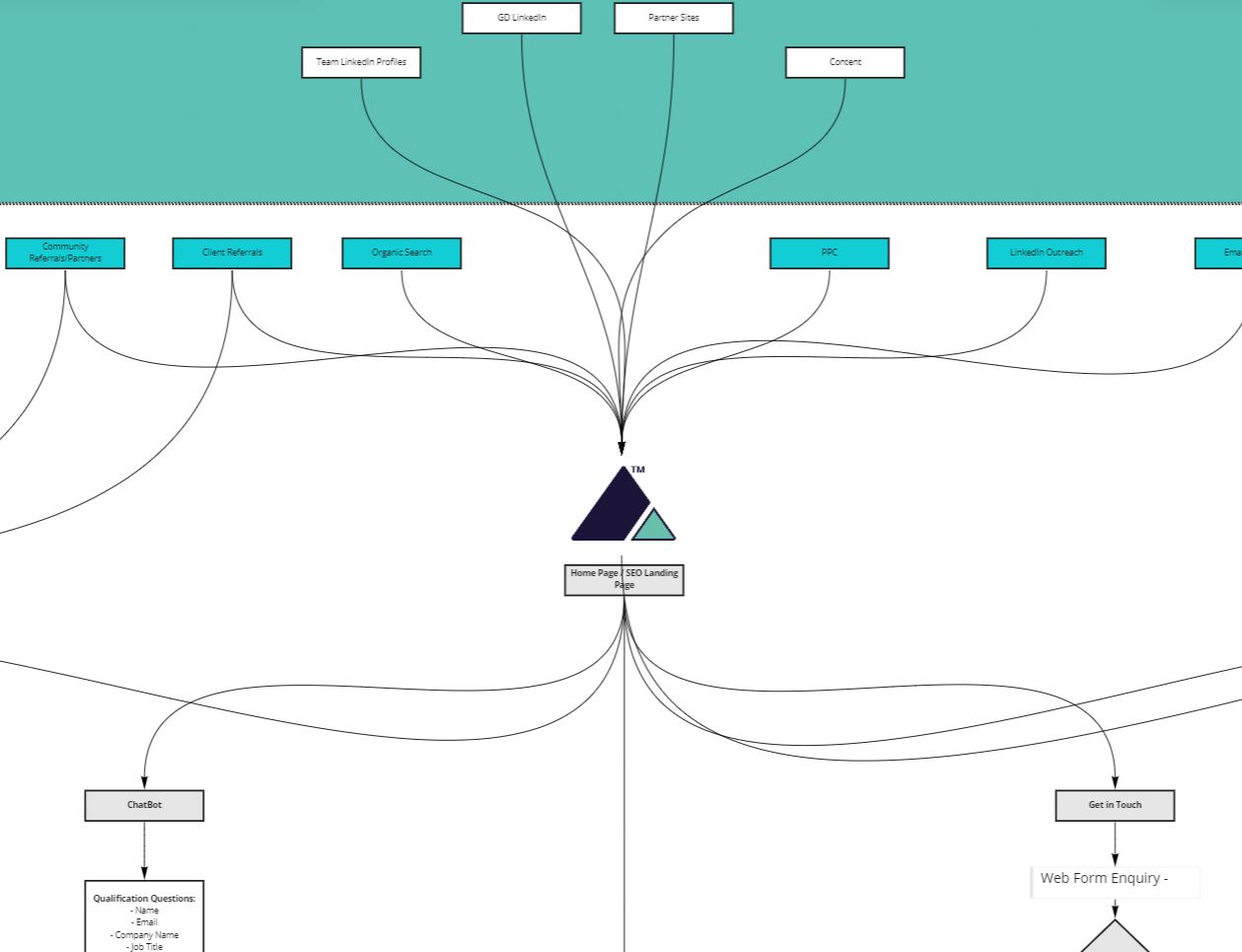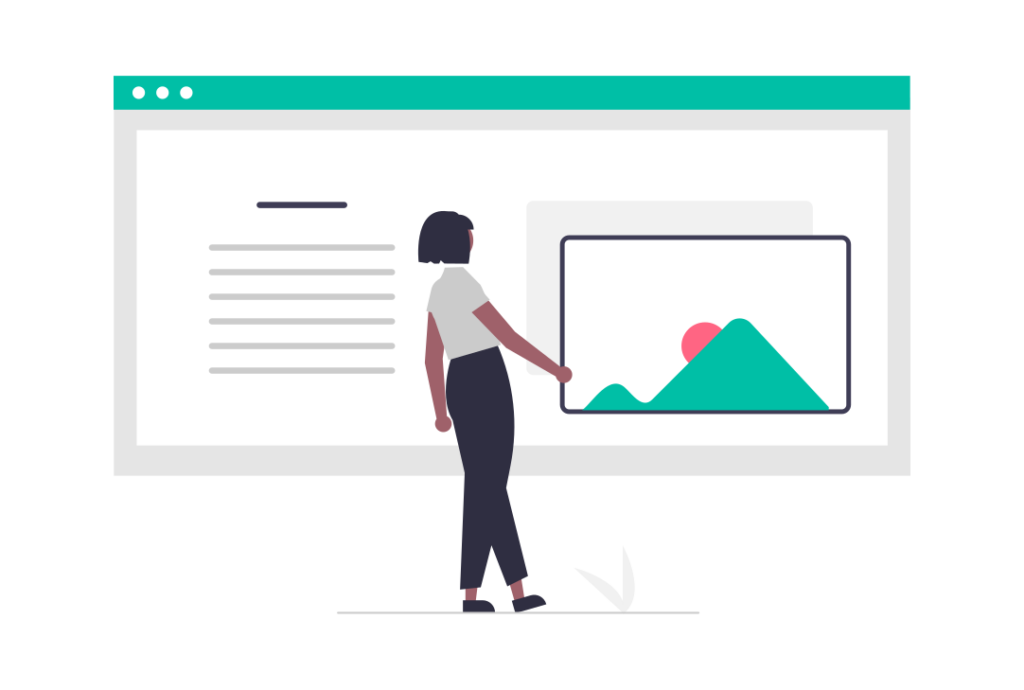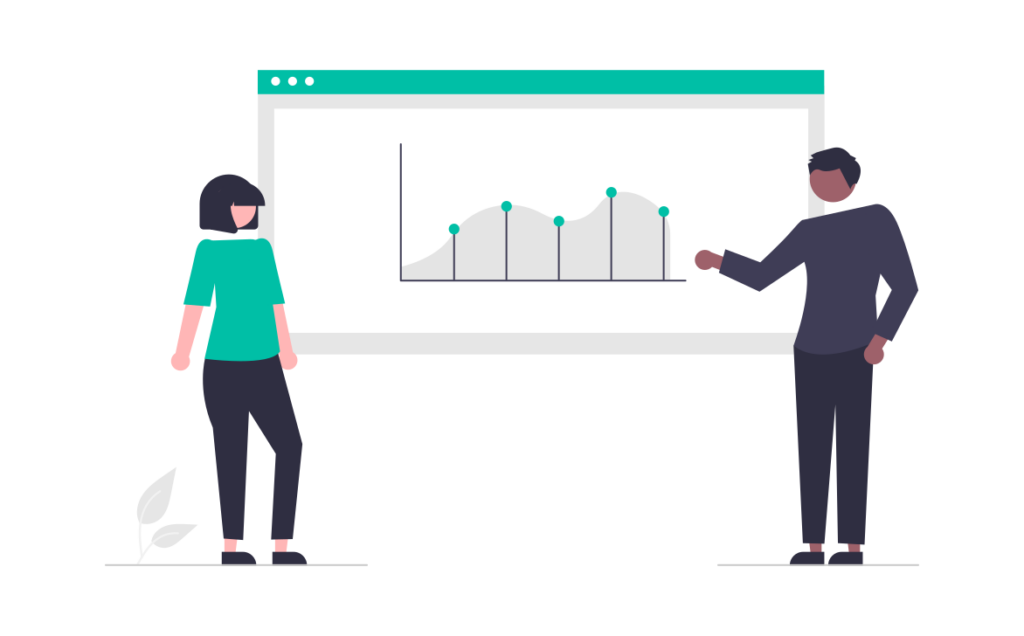What Is A Customer Journey Map?

A customer journey map is a core tool to help any business better understand customer behaviour. If you want to become more customer-oriented (which you should), getting a better understanding of the journey your customers take when interacting with your product is essential. On average, a customer now uses 10 different channels or touchpoints to communicate with a business – understanding those channels, their interactions and how they influence behaviour is vital.
The benefit of a customer journey map is that it can help you to understand weaknesses in your marketing mix and user-onboarding processes. It can help you improve conversion rates, find cross/up-sell opportunities and improve brand loyalty. It can even help you define areas of product or service improvement for your development roadmap and help you make better decisions when building out your martech stack.
In this blog we’re going to discuss the benefits of a customer journey map, the core elements you should include, and tell you how to build your own.
What Do You Include In A Customer Journey Map?
A customer journey map, essentially, is a visualisation of the steps a typical customer makes when progressing through the marketing funnel. That will include their interactions with advertising creative, social media, landing pages and websites, apps, live chat, email and more.
By visualising all of these touchpoints you can begin to understand where you need to make improvements. For each of your ICPs (ideal customer personas) you should include:
-The main stages of their journey
-What action you want them to take at each stage
-Key drop-off points
Generally, you’d organise these stages around your typical marketing or sales funnel – a common framework is pirate metrics (acquisition, activation, retention, referral, revenue – AARRR) but the specific stages will depend on your business.
At Growth Division, we use Miro boards to put together our customer journey maps. They easily allow you to visualise user flows. Here’s an example of part of our own internal customer journey map:

Other information that you might want to include at each stage would be:
-Motivations. At each stage, what motivation does the customer have to progress? What are they feeling about your business at this stage?
-Questions: What information would a customer want to be able to find at each stage? What will they be uncertain about, which might make them less willing to progress to the next stage?
-Barriers – what blockers stand in their way preventing progression? Whether structural, technical, cost or implementation.
What Are The Benefits Of A Customer Journey Map?
As human beings we communicate ideas best through stories. By building a customer journey map you’re taking a wealth of data about your customers and converting it into a story.
That story will help you understand your customers’ motivations, experiences and difficulties when interacting with your brand.
What you can use your customer journey map for.
Once you’ve got a well-fleshed out customer journey map you’ll be able to:
1) Make better marketing investment decisions. You’ll be able to see where your marketing mix is deficient by spotting stages which have high drop off rates, or stages where users aren’t able to access the information you need. You may conclude you need better email onboarding sequences, or more instructional social media content, or that you need to install a chatbot. All of these could help nurture customer relationships and therefore improve your conversion rates and average lifetime value.
2) Improve your marketing efficiency. By improving the rate at which customers progress through each stage of the funnel, you’ll be able to get more bang for your marketing buck. With a customer journey map in place you’ll be able to spot weaknesses far more easily and therefore make conversion rate optimisations which can make a huge difference to your customer acquisition costs.
3) Improve customer relationships. At the end of the day, happy customers are one of your most important marketing tools. They might write reviews, or tell their friends, or even provide a website testimonial. If they’ve felt properly looked after throughout each stage of their journey with your business they’ll be far more likely to become an evangelist.
4) Improve cross and up-sell rates. As a marketer there are two main things you want to do: reduce customer acquisition costs as much as you can while still scaling effectively, and increase average lifetime value. With a customer journey map you’ll be able to find the best places in the journey to invite the customer to buy different products or upgrade the ones they have, increasing average lifetime value.
5) Improve your digital experiences. With a customer journey map you’ll be able to better understand the assets you need to build on your website, across landing pages or within an app. You’ll be able to plan your development sprints accordingly to satisfy customer needs and reduce wasted effort.
How Do You Create A Customer Journey Map?
There are a lot of digital tools out there today which can help you track touchpoints and start to build your customer journey map and measure conversion rates between stages. For example, with Google Analytics you can easily see user journeys throughout website content and using multi-channel attribution you can get a view of what off-site interactions a user had before converting.
However – this is generally not enough to build a customer journey map. The data isn’t comprehensive – you won’t be able to see what a user did across various different devices or if they use private/cookie-less browsing. If you use any offline advertising you’ll also be unlikely to see its effect using digital measurement tools (unless, for example, you can measure a website traffic site coinciding with TV ad spots.) With digital tools alone you’ll see a very restricted view of the customer journey which will be of limited use.
Researching users for customer journey maps
A great place to start with creating a customer journey map is by talking to actual customers. Interview customers about their shopping habits and how they interacted with your product.
A lot of the above information is best gathered by doing user research – qualitative in this case. Ask users about their customer journey and what they feel at each stage. Once you’ve got all that qualitative information, you can supplement it with a quantitative survey that tells you how common these attitudes or purchase decision-making processes are. This process is often described as using qualitative to discover, and quantitative to measure.
You can also gather anecdotal data. For example, in the comments or replies of social media posts by a brand you’ll frequently find people loudly complaining about issues with their customer data!
You can also work with companies that will allow you to observe volunteers as they go through the process of researching and buying from your brand.
Obviously the approach you take will heavily rely on your budget. But as long as you gather as much real user data as you can, and maintain an open mind as you begin to map behaviour, you’ll come out the other side with a customer journey map that can really help you improve your business.
Talk to a Growth Advisor
We create a clear, focused marketing strategy by combining our expertise with your knowledge of your business.
Related Posts

Best Practices for an ‘About Us’ Page
Discover the top tips and best practices for creating an engaging and effective About Us page design.

The Key Factors for Choosing the Best Growth Marketing Agency
Discover the essential factors to consider when selecting the perfect growth marketing agency for your business.

B2B vs B2C Growth Marketing – How Are They Different?
Growth marketing has become an indispensable component of effective go-to-market strategy. Its importance spans across industries, from startups to...
